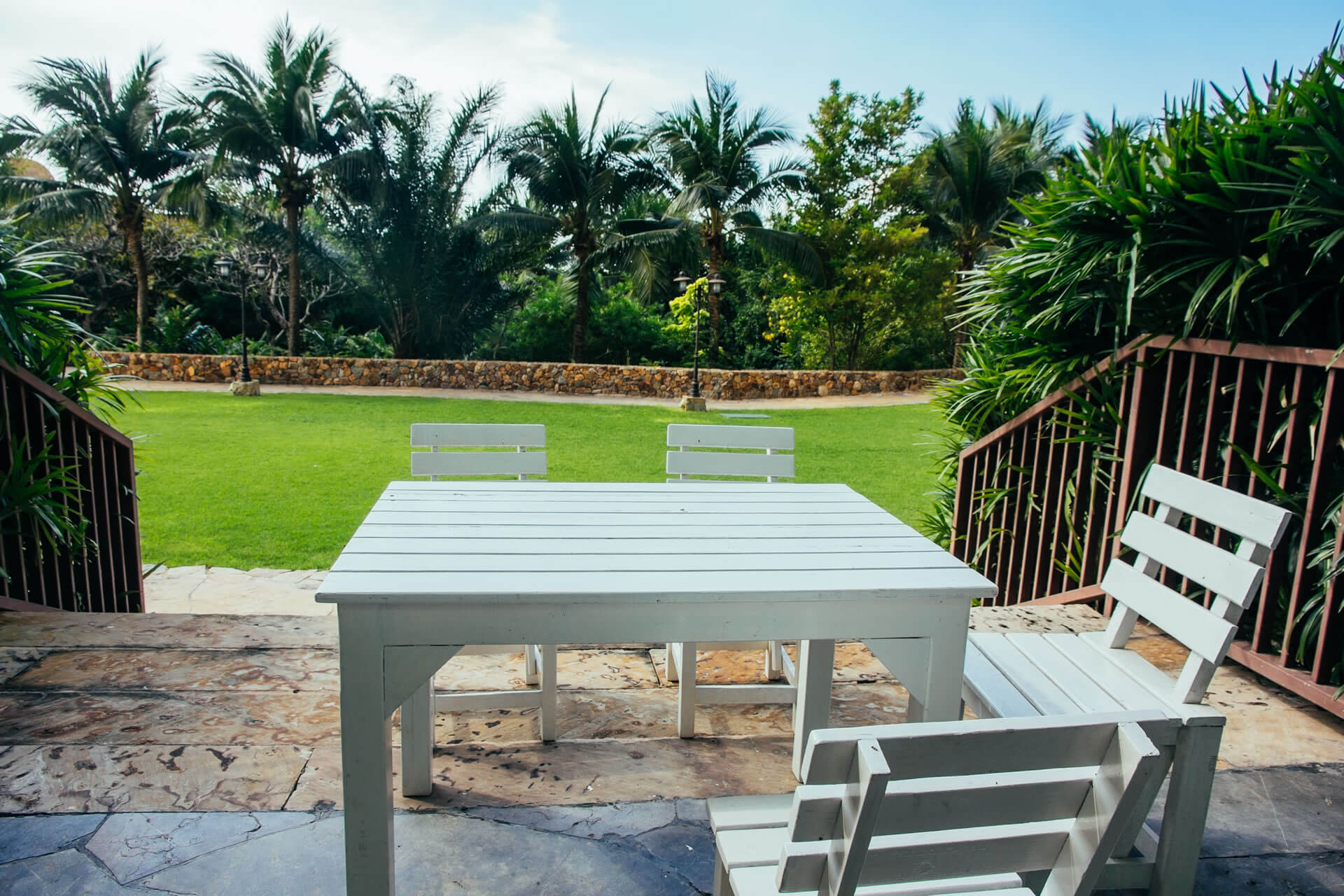ADDING A GUEST HOUSE
If you’ve stared out the window onto the expanse of property you own and envisioned another, smaller, house sitting out there, you’re not alone. Adding a guest house, sometimes referred to as a “granny flat” or “mother-in-law” suite, has many wondering if they should jump in, given the significant number of positives: You’ve got a completely independent, private place for friends and family to stay when they visit, or a nearby home for an aging parent to live in independently. You could also rent it out, do the Air BnB thing. In extreme cases, it can also be a whole lot of extra storage space for your stuff.
THE RISE OF THE ADU
Let’s get to the technical term for one of these cute little places that always seem to evoke images of windowsill flower beds and rocking chairs. Officially called an ADU, or accessory dwelling unit, guest houses grew in popularity around 15 years ago, when Florida attempted to solve the affordable housing crisis by approving legislation encouraging cities to allow single-family homeowners to build a second dwelling on their properties that could be rented out to very low-to-moderate-income wage earners.
There are basically three types of ADUs to choose from, depending on your situation and real estate availability. You could add a story onto your home, add on at the ground level with an attached unit or garage conversion, or build a completely separate backyard retreat. Aside from the second story option, it helps to factor the relative size of the building and prospective occupants into your plans.
Jaimie Ross, president of the Florida Housing Coalition, says she can see older residents building and moving into a separate unit on their property and renting out the main home, allowing them to stay in the same neighborhood while downsizing. There can be a similar benefit for a young adult just stepping out into the work world after finishing college, allowing them to stay in a familiar neighborhood while also achieving a greater level of independence.
THE LEGAL SIDE
Since we’re in the “Lightning Capital of the World” complete with an annual hurricane season, it’s a good idea to re-familiarize yourself with building codes and proper permitting as you formulate your ADU plans. Smaller house or not, it needs to be able to withstand the onslaught of wind, rain, flooding and debris that could happen in a storm. Collier County building codes, updated in 2017, are available here. Other subjects you should consider asking about are:
- On-street parking availability
- Structure size limits vs the intended build site size
- Whether or not the property owner is required to live in one of the dwellings vs using both as rentals
- The amount of fees you’ll need to pay as you go through the zoning and permitting process
Home Care Suites offers some handy information pertaining to zoning and permitting an ADU in Florida. You may want to keep the link nearby as the process gets underway to avoid any snags in your build.
GO TINY
An increasingly popular trend in recent years is that of building a so-called tiny house. It’s more or less possible in southwest Florida, where the minimum size of a dwelling in Collier and Hendry counties is 600 sq. ft. You could build one or buy one pre-fabricated. Some are even repurposing horse trailers and shipping containers into tiny homes. A tiny house would obviously take less space in your yard and could quite comfortably fit one or two people ready to live this stripped-down “tiny” lifestyle.
Cover your bases, do your research and make sure that building a guest house is a wise decision on all fronts before proceeding. Tiny or not-quite-so-small, that granny flat could be a wise investment into the value of your property, besides providing all that extra space. Need more peace of mind? Call J. Sweet Construction for an experienced viewpoint plus the honesty and integrity that goes into everything we do.
